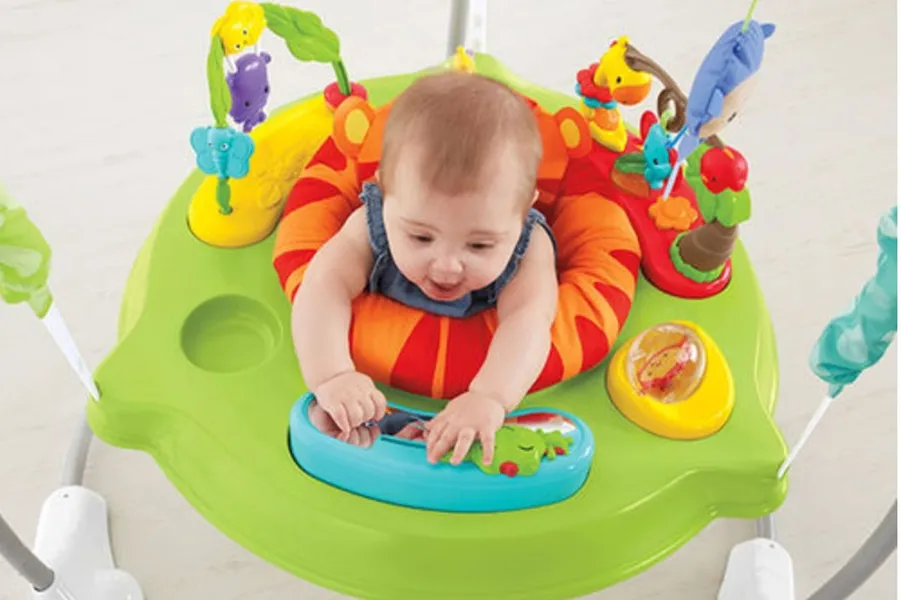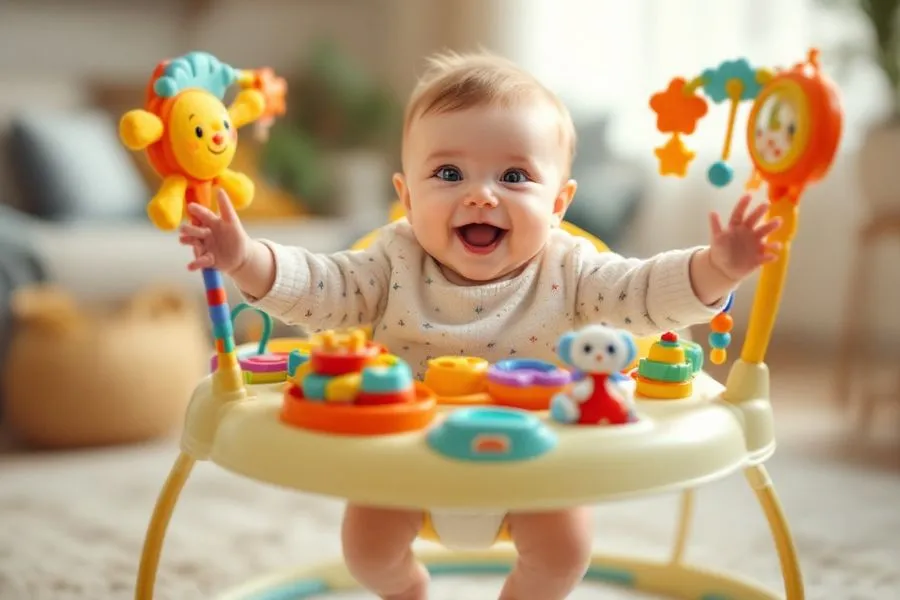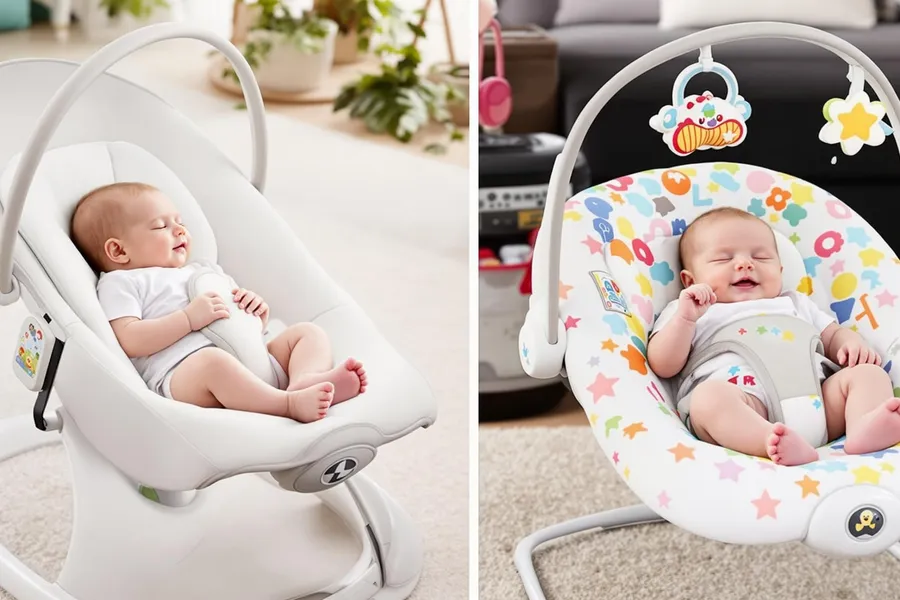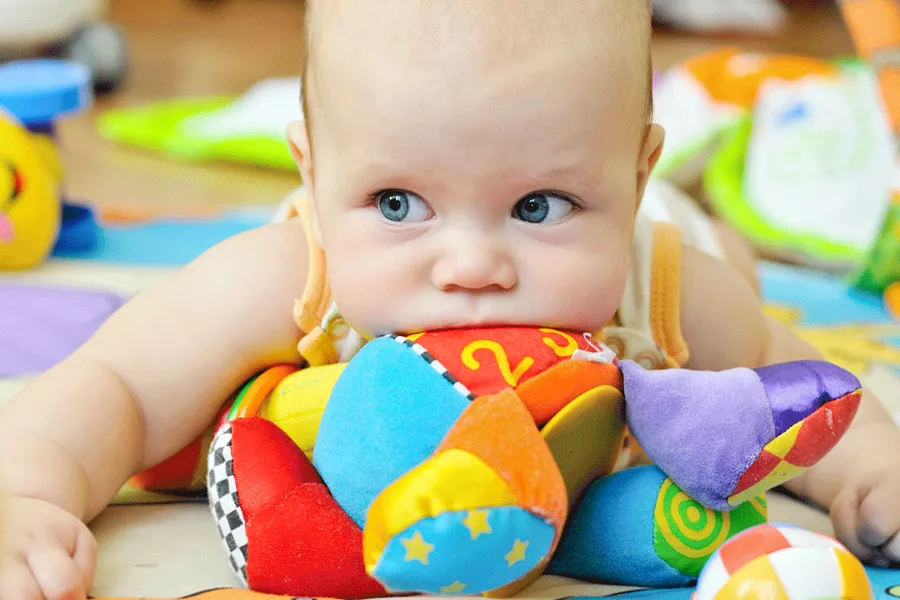
All About Baby Jumperoos: Everything Parents Need to Know
Are you a parent looking to add some excitement and development opportunities to your baby’s playtime? Baby Jumperoos are not just about adorable bouncing—they’re also amazing tools for promoting motor skills and keeping your little one entertained. In this episode of our podcast series, we dive deep into everything you need to know about Baby Jumperoos—from their benefits to the different types available.
Whether you’re a first-time parent or just curious about the hype, this episode is for you. Let’s explore the magical world of Baby Jumperoos together!
What You’ll Learn in This Episode
- What a Baby Jumperoo is and its key features.
- The right age to introduce your baby to a Jumperoo.
- Different types of Jumperoos—freestanding, doorway, multi-function, and portable.
- How Jumperoos promote motor skills and sensory development.
- Tips for choosing the perfect Jumperoo for your baby.
Want to learn more about the various types of Baby Jumperoos and how they aid in your baby’s development? Don’t miss our comprehensive guide: Understanding Baby Jumperoos.
Listen to the Full Episode : All About Baby Jumperoos: Everything Parents Need to Know
Key Insights from the Episode
1. What is a Baby Jumperoo?
A Baby Jumperoo is a fun, safe, and interactive play device designed for babies to bounce and play. It features a seat supported by a sturdy frame, equipped with toys and activities that keep your baby entertained.
2. Ideal Age Range
Babies can start using a Jumperoo around 4 to 6 months old when they can hold their heads up unassisted. However, parents should always limit usage to 15-20 minutes to prevent overstimulation.
3. Types of Jumperoos
- Freestanding Jumperoos: Self-contained units, ideal for space-conscious parents.
- Doorway Jumperoos: Attach to door frames, offering a more compact option.
- Multi-function and Portable Jumperoos: These can evolve with your baby’s growth and are lightweight for easy travel.
4. Developmental Benefits
Jumperoo sessions help strengthen babies’ leg muscles, which are important for crawling and walking later on. The attached toys also promote cognitive skills and sensory development.
5. Safety First
When choosing a Jumperoo, parents should prioritize safety features, such as secure harnesses, and make sure the device is the right size for their baby’s needs and their home.
Transcript for Accessibility
For those who prefer reading or need accessibility options, here’s the full transcript of this episode:
Podcast Transcript: All About Baby Jumperoos
John: Hey Sarah! I’m doing great, thanks! And I’m really excited about today’s topic—it’s all about Baby Jumperoos!
Sarah: Right? I mean, who doesn’t love a good Jumperoo session? Those little ones bouncing around are just the cutest! But seriously, what even is a Baby Jumperoo?
John: Good question! So, a Baby Jumperoo is basically this fun device that lets babies bounce and play safely. It’s got a seat supported by a sturdy frame, and it’s packed with toys and activities to keep your little one entertained.
Sarah: Sounds like a mini amusement park for babies! And they can really start using it around, what, four to six months old?
John: Exactly! That’s when they can hold their heads up unassisted. But you’ve gotta keep an eye on them—experts recommend limiting Jumperoo time to about 15 to 20 minutes to avoid overstimulation.
Sarah: Oh, for sure! You don’t want a little jumping bean to get too overwhelmed. So, what are the different types of Jumperoos out there?
John: Great question! You’ve got freestanding Jumperoos that are self-contained, and then there are doorway Jumperoos that attach to door frames. Each has its perks!
Sarah: Right! And I guess if you’re short on space, those doorway ones could really save the day. But what about those multi-function and portable Jumperoos?
John: Those are cool! Multi-function ones can turn into activity centers as your baby grows, and portable Jumperoos are lightweight, perfect for playdates or travel.
Sarah: So many options! And it sounds like they not only bring joy but also help with motor skills and sensory development, right?
John: Absolutely! Jumping strengthens those leg muscles, which are key for crawling and walking later on. Plus, the toys stimulate cognitive skills!
Sarah: That’s pretty impressive for a bouncing seat! So, to wrap it up, what should parents keep in mind when choosing a Jumperoo?
John: Well, they should look for safety features, size, and portability, and make sure it fits their home. And hey, don’t forget to consider your baby’s needs!
Sarah: Great advice! Thanks for tuning in, everyone! Until next time, keep those babies bouncing safely!
Why Baby Jumperoos Are Worth It
Baby Jumperoos aren’t just for fun—they’re also a great developmental tool! Here’s why:
- Motor Skills Development: The bouncing strengthens leg muscles, preparing your baby for crawling and walking.
- Cognitive Stimulation: Interactive toys and music boost sensory and cognitive development.
- Parental Peace of Mind: Safe and engaging, Jumperoos give parents a much-needed breather!
Related Content You’ll Love
If you’re curious about other baby activity toys, don’t miss our comprehensive article on Baby Rockers vs Baby Bouncers. It’s a detailed guide comparing two other essential baby gadgets!
If you’re looking to dive deeper into the world of Baby Jumperoos, including detailed reviews and tips, be sure to check out our in-depth article: Understanding Baby Jumperoos.”





